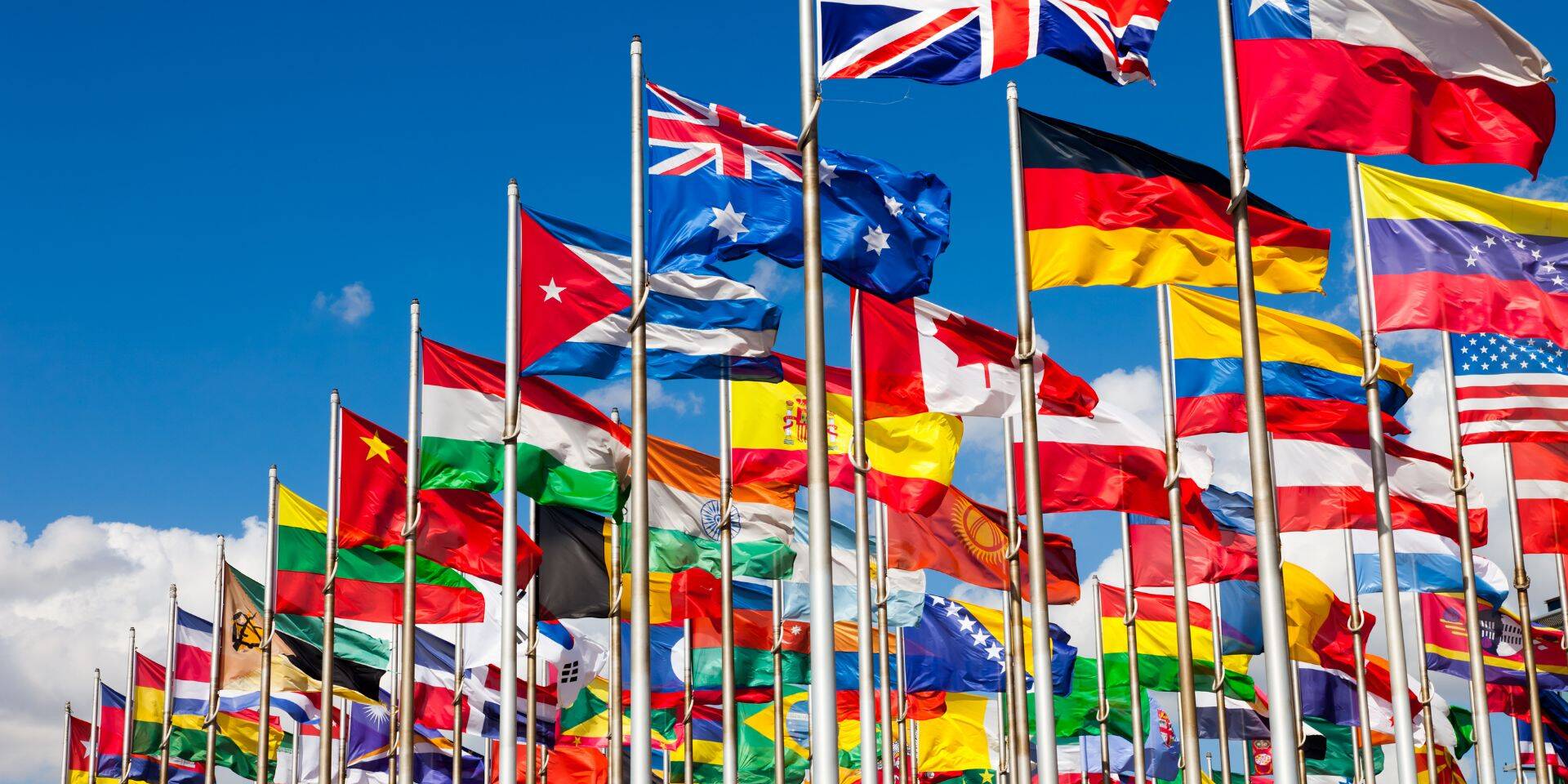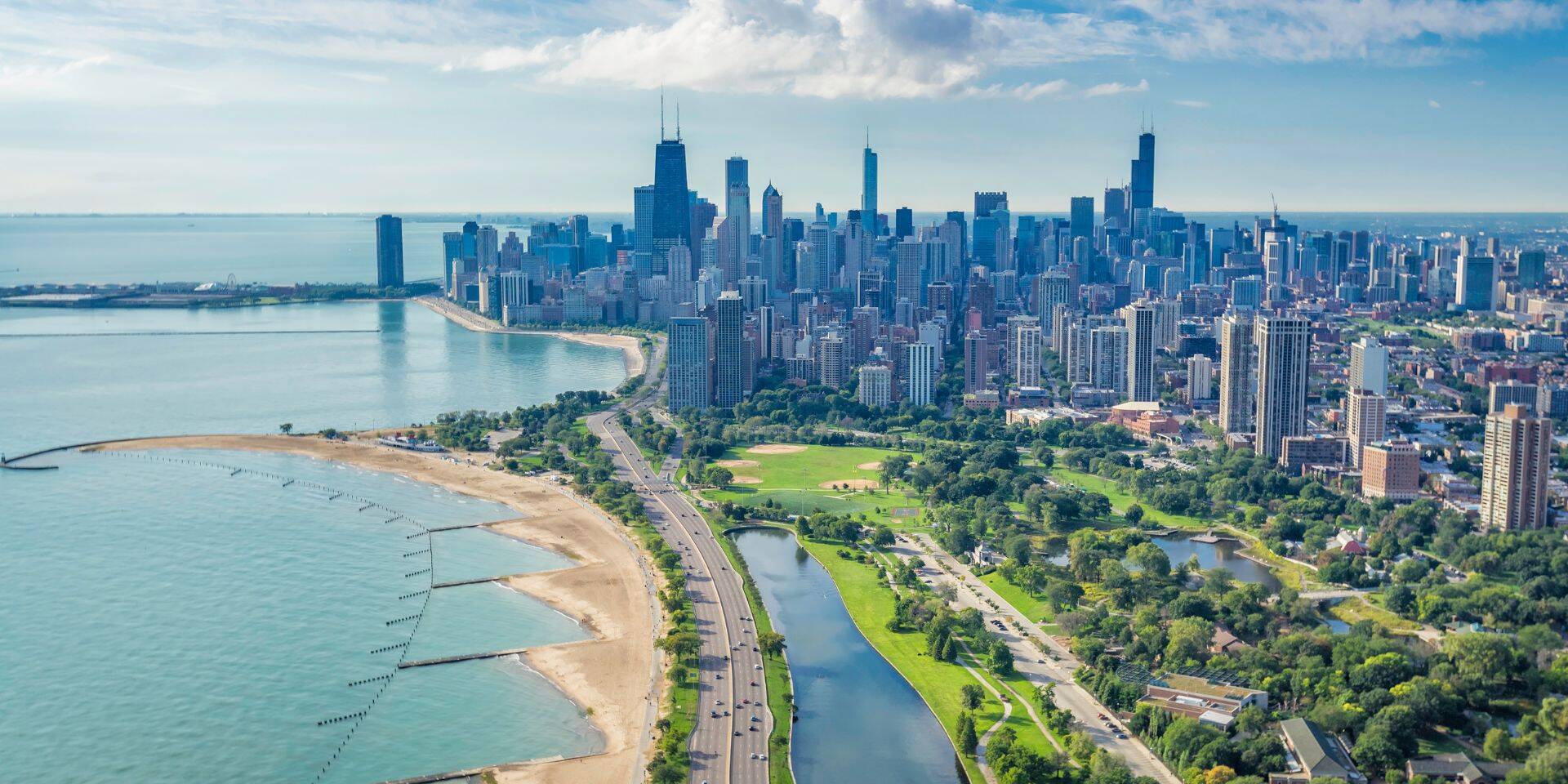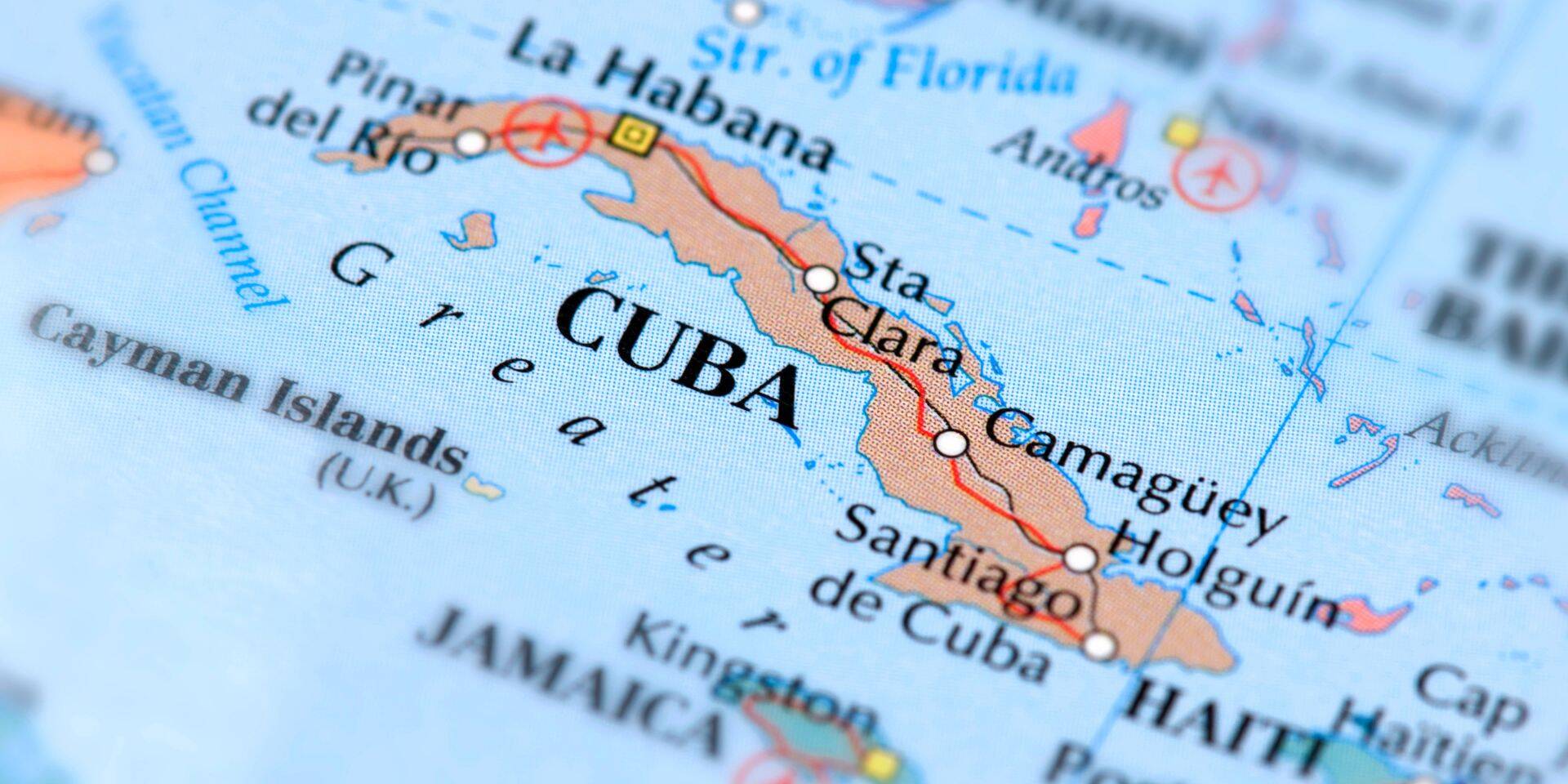The FY2025 H-1B season is quickly approaching. U.S. Citizenship and Immigration services (USCIS) will soon provide the dates for the H-1B cap registration process. We estimate that, as in previous years, registration will open near the beginning of March 2024. Early preparation is key in order to maximize the odds of a successful outcome, minimizing possible errors and potential glitches.
Employers should be actively reviewing their immigration needs, not only of existing employees, but also identifying the need for possible additional staff. Identifying qualified individuals in advance is key, especially in light of some upcoming changes.
Updated Fees and Modernization
At the time of writing, we are awaiting updates from USCIS regarding filing fees and modernization of the H-1B process that will likely affect the FY2025 H-1B season. Typically, there is a 60-day waiting period before new rules take effect. If that is the case, updated fees may not be required for registration but will be required for the actual H-1B petition filing. However, the 60-day waiting period prior to becoming active is not required.
We also anticipate a partial H-1B modernization Final Rule that will affect the beneficiary centric lottery process. The goal of the Administration was to have that in place before the March registration period. As always, we continue to actively monitor ongoing updates.
We believe there will be a notable shift in how the registrations are selected. For the upcoming H-1B registration period, a beneficiary will be permitted to register through more than one employer, as long as there is a legitimate, bona fide job offer through each company. However, the beneficiary will no longer be considered more than once, so that registering through multiple employers will not unfairly increase the odds of selection. USCIS will instead enter the beneficiary in the lottery once and, if selected, the beneficiary will be able to choose which employer to file through. If the beneficiary has more than one offer, it is thus possible they will not file through your company if they get selected. This means you will want to register enough qualified candidates that you can meet your hiring needs, even if a potential candidate is selected but chooses to take another offer. As such, it is particularly important to be well-prepared ahead of this year’s cap season.
Identifying Potential Employees
When identifying potential new staff, consider these options:
- Individuals currently employed in F-1 Optional Training status;
- H-1B cap candidates;
- Other nonimmigrant status holders who may be nearing the limits of their status who could benefit from a change of status to H-1B;
- Individuals employed with an H-4 Employment Authorization who wish to become independent from their spouse H-1B holder or have concerns about the H-4 Visa overall;
- Candidates who hold a nonimmigrant visa working for a different employer and would need an H-1B visa to change employers; and
- TN, E, or H-1B1 status holders that an employer is considering sponsoring for permanent residence status.
Each fiscal year, there are 85,000 cap-subject H-1B visas available in the lottery. 65,000 visas are available for those who hold a bachelor’s degree. An additional 20,000 of the visas are set aside for individuals with a master’s or other advance degrees from qualifying U.S. institutions.
The cap limitations do not apply to H-1B beneficiaries who received the visa in the previous six years. Further, those employed by qualifying entities, including government research institutions, nonprofit research organizations and higher education groups are eligible for cap-exempt status, meaning they do not have to file in the lottery to obtain an H-1B visa.
The Registration Process
A two-step process, originally introduced in 2020, began the electronic registration process now utilized by USCIS for the H-1B lottery. The process includes the following steps and required information:
- Petitioners electronically register each selected H-1B candidate on the USCIS portal within a given date range and a nonrefundable fee.
- Petitioners are required to include specific information including employer name and identification number (EIN), and physical mailing address.
- Petitioners must provide the contact information for the employer’s authorized representative including legal professionals.
- Petitioners must provide each beneficiary’s detailed contact information as well as selected identification data including date of birth, country of birth and citizenship, gender, and passport information.
- Petitioners must provide, If applicable, information about a master’s degree or higher program from a qualifying U.S. institution of higher learning.
As previously stated, we expect this process to open in early March 2024 and last between 14 and 21 days.
The H-1B Lottery
Upon completion of the registration period, USCIS will announce whether enough registrations were received to reach the numerical cap. Then, at random, individual registrations will be selected to meet the cap of 85,000 H-1B visas, with 20,000 of those reserved for advanced degrees, including master’s and beyond. Once filings are selected, USCIS notifies the employer of the selected candidates through the H-1B registrant MyUSCIS accounts. Once selected, employers have 90 days to file the petition for that individual with USCIS. Traditionally, the 90-day filing period runs from April 1- June 30.
Lottery entrants not selected remain in a “submitted” state for the remainder of the fiscal year. If USCIS does not receive sufficient petitions to complete the H-1B cap in the first filing period, additional selection rounds will be held from that existing pool.
Potential Changes to the Registration and Lottery Process
USCIS published a Notice of Proposed Rulemaking (NPRM) to address possible abuse of the registration and lottery process. The public comment period ended on December 22, 2023. It appears likely USCIS will adjust the lottery process based on that rule, pivoting to selecting the beneficiary versus the employer. We believe this will be the approach for FY2025 H-1B cap processing.
Per USCIS, the move to selecting the beneficiary ensures each individual has an equal chance of being selected. Previously, beneficiaries with multiple registrations from various employers saw a higher chance at selection, solely through the number of times that individual was added as a possible employee by multiple employers. With the new approach, each individual is considered versus each registration. Therefore, even if one individual has multiple offers, they do not see a higher chance of being selected.
The updated rule explicitly prohibits employers from filing for the same possible employee by related entities.
Filing Period
Following selection, we believe USCIS will confirm a filing window of up to 90 days with a start date of April 1, 2024. During this time, petitions can file for their selected registrants. If insufficient filings are received to reach the cap, additional opportunities may be added.
Upcoming Changes to the H-1B Criteria
The Department of Homeland Security announced a notice of proposed rulemaking (NPRM) in late 2023 to further improve the H-1B program. In the rule, efforts to streamline eligibility requirements, improve efficiency, give more benefits and flexibility to employers and workers, and further address integrity are identified. The public comment period ended on December 22, 2023. We believe the update rule will become effective before July 2024.
Some of the key updates include the following:
Specialty Occupation Position and Related Criteria
The regulatory definition of a “specialty occupation” will be adjusted to include positions that accept various degrees, provided there is a relationship between the degree required and the job responsibilities. Further, the rule clarifies that there is a difference between “normally” requiring a degree and “always” requiring a degree.
Amendment Petitions
The proposed rule finalizes the policy regarding when a change of work location requires a new labor condition application (LCA) and accompanying H-1B amendment. This will have a significant effect on the mobility of H-1B visa workers and provide much needed clarify on this issue.
Deference Policy
The proposed rule seeks to formalize the deference policy, which gives USCIS officers the option to consider prior findings that include the same facts and parties where there is not a material error, no substantial circumstance change, and no new information that is considered material that may affect the eligibility of the petitioner, applicant, or beneficiary. This means that for an H-1B extension, where there are no changes to the terms of employment, a USCIS officer can give deference to the prior decision and approve the extension.
Itinerary Requirement
For H-1B petitions, the proposed rule removes the requirement of providing an itinerary for petitions that require services or training in multiple locations.
Validity Expiration Prior to Adjudication
Under the proposed rule, H-1B petitions are to be approved or have their validity period extended when USCIS believes the petition is approvable after the initially requested validity date has expired.
H-1B Cap Exemptions
The proposed rule expands eligibly for cap exemptions, including nonprofit entities or government research groups that focus on research, even if research is not their primary focus, in the definition of ‘nonprofit research organization’ and ‘governmental research organization’.
H-1B Beneficiary Eligibility Clarification
The proposed rule confirms the policy that individuals who work at least half of their time in a role that is considered cap-exempt where the employer is a qualified cap-exempt organization may still be eligible for H-1B cap exemption.
Cap Gap Automatic Extension
For Optional Practical Training (OPT) programs, the period of cap-gap extension automatically advances to the following April when the individual is selected and timely files a cap-subject H-1B petition. Previously, cap gap was provided only until October 1, even if the H-1B petition had not been adjudicated. Extending the cap gap extension until the following April improves continuity for U.S. employers while their F-1 visa holders are employed, awaiting H-1B cap-subject petition approval.
Flexibility for the Start Date for Qualifying H-1B Cap Petitions
The proposed rule finalized the start date requirement for H-1B cap-subject petitions. Previously, H-1B cap subject petitions were required to have an October 1 start date. Under the proposed rule, the start date can be October 1 or later, as long as the start date does not exceed 180 days from the filing date.
Definition of a Bona Fide Job Offer for Specialty Occupation Roles
The proposed rule confirms USCIS’ authority to request evidence that establishes a bona fide job offer for the beneficiary to work in the U.S.
Nonspeculative Employment
The proposed rule confirms the requirement that a petitioner must prove that the position offered in a specialty occupation is not speculative. The role must be available for the beneficiary as of the period requested.
LCA Correspondence with the Petition
The proposed rule clarifies the regulations that outline DHS’ authority to ensure the Labor Condition application (LCA) supports the related H-1B petition.
Update the ‘U.S. Employer’ Definition
The proposed rule codifies the existing requirement that the petition has a bona fide job offer for the beneficiary to work in the United States. It replaces the requirement that the employer “engage[s] a person to work within the United States” with the requirement that the petition has a legal presence in the U.S. and is amenable to service of process in the United States.
Employer-Employee Relationship
The proposed rule removes the reference to an employer-employee relationship from the definition of H-1B employer to remove barriers for beneficiary-owned companies/petitioners.
Bona Fide Job Offer
The proposed rule codifies the existing requirements that a petitioner have a bona fide job offer for the beneficiary to work within the U.S. and clarifies that the bona fide job may include telework, remote work location, and other off-site work locations.
Beneficiary Owners
The proposed rule codifies a petitioner’s ability to qualify as a U.S. employer for H-1B purposes where the beneficiary has a controlling interest in the company.
Site Visits
The proposed rule codifies DHS’ existing authority to perform site visits, clarifies the scope of inspections, and outlines the related consequences if the petitioner or other third party refuses or fails to comply with the requested inspection.
Third-Party Placement
When an H-1B visa holder works for a third party (end client), USCIS will determine if the offered position qualifies as a specialty occupation by examining the third party’s requirements for the position, rather than the petitioner’s stated requirements. The proposed rule codifies this longstanding practice from USCIS.
As the FY2025 H-1B season for cap and non-cap filings is ready to begin, preparation is key. Contact us at ILBSG. Our team of experienced attorneys work directly with their clients to ensure a smooth and efficient process, maximizing the odds of positive outcome.
Related Posts
April 3, 2025
Concerns Grow Among International Employees and Students Amid Deportations
International employers in the tech…



